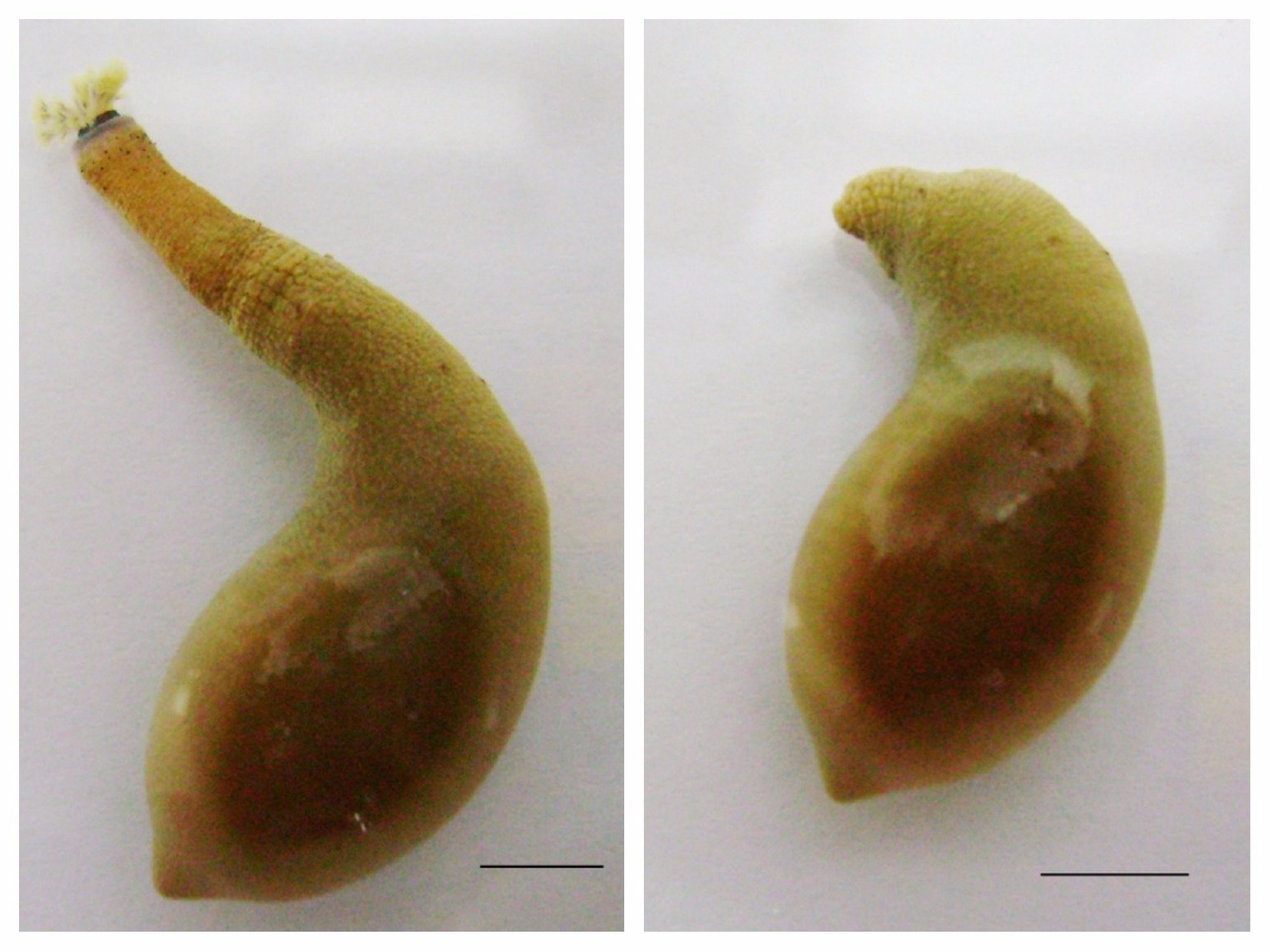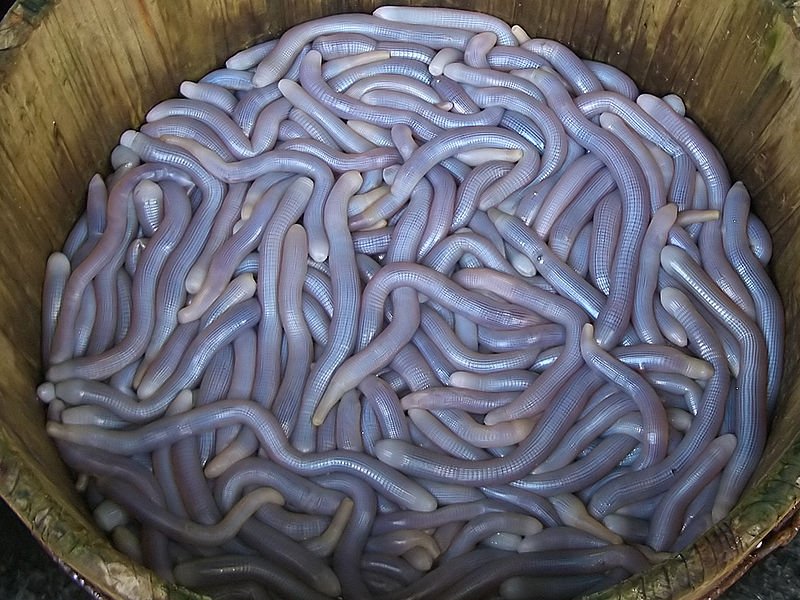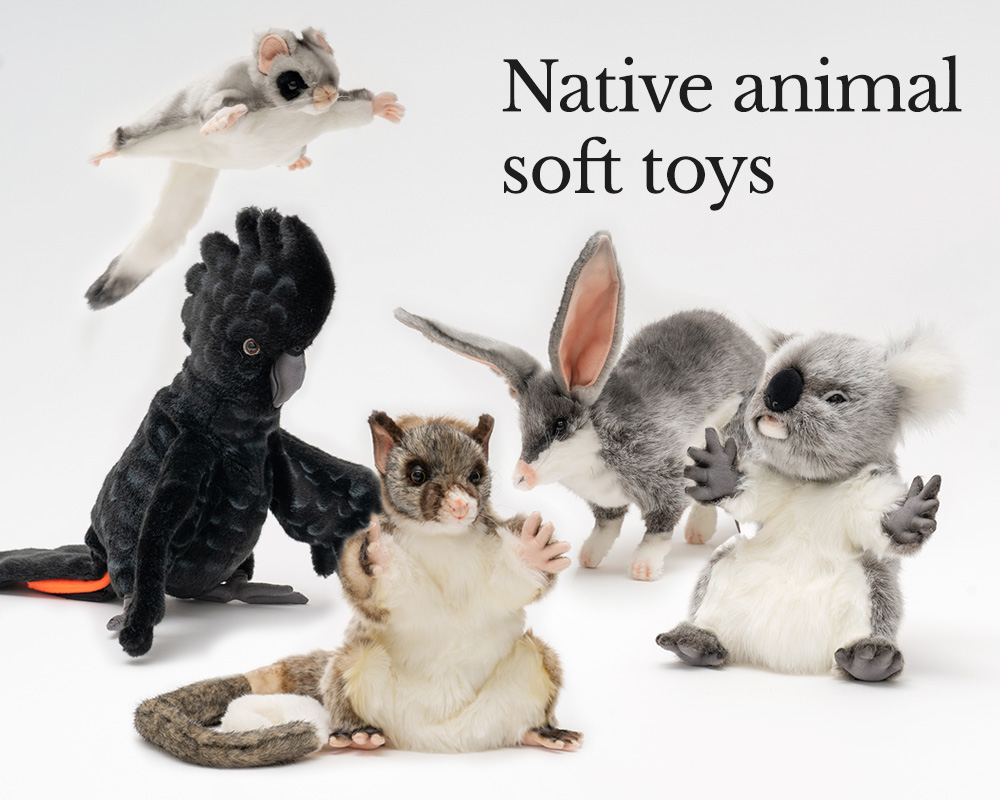This deep sea ‘peanut worm’ is making everyone uncomfortable

Bec Crew
Bec Crew

BACK IN JUNE 2017, 58 scientists, technicians and crew from 14 institutions around the country completed a month-long expedition to map a vast, largely unexplored stretch of ocean off the east coast of Australia.
Between 4,000 and 6,000 metres below the surface, where the water is freezing and pitch black, and the pressure is so intense it would crush a human being, they found all manner of weird and wonderful things.
But only one made Museums Victoria go momentarily NSFW with this amazing tweet:
If you’ve never heard of Australia’s eastern abyss, it’s part of the much larger marine abyss, which covers half the world’s oceans and one third of Australia’s territory.
The largest and deepest habitat on the planet, the abyss but it remains the most unexplored environment on Earth, harbouring sea life that’s barely changed over the past 40 million years.
It’s so deep, it takes seven hours to lower and raise the sonar equipment, cameras and netting needed for mapping and sample collecting, which makes exploration incredibly tricky.
But what better prize for all that effort than a peanut worm?
Not to be confused with penis worms, which are an actual thing, peanut worms belong to the Sipuncula group of marine worms known for their ability to shrink right up into a nut-shaped ball to evade predation.
They do it by retracting their lower section, called the ‘introvert’, up into the rest of their body using specialised muscles that can push it back out again when the coast is clear:

(Image Credit: Tomás Lombardo and Guillermo A. Blanco/Wikimedia)
Peanut worms range from 2 to 720 millimetres long, and they can reproduce either sexually or asexually, depending on how slim the pickings are down in the abyss.
They typically hide away in burrows or discarded shells, which makes the sighting of a free-floating peanut worm in the abyss so cool.
The Sampling the Abyss team will now need to study the worm’s characteristics to confirm that it’s a new species, and then hopefully it will get a name as special as it clearly is.
Oh, and in case you were wondering, here’s what a bucket of peanut worms looks like:

(Image Credit: Wikimedia)





